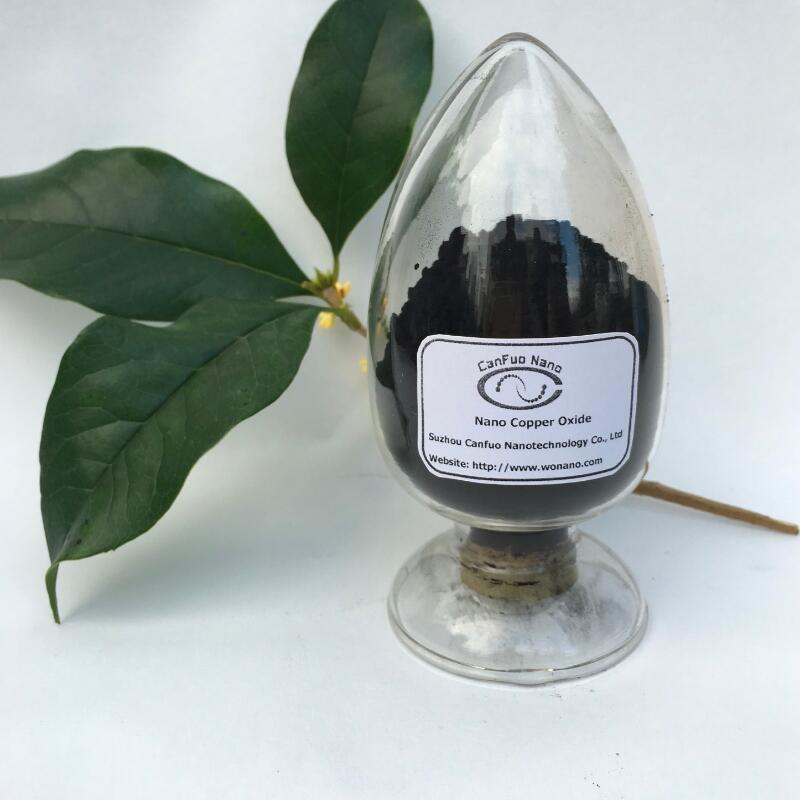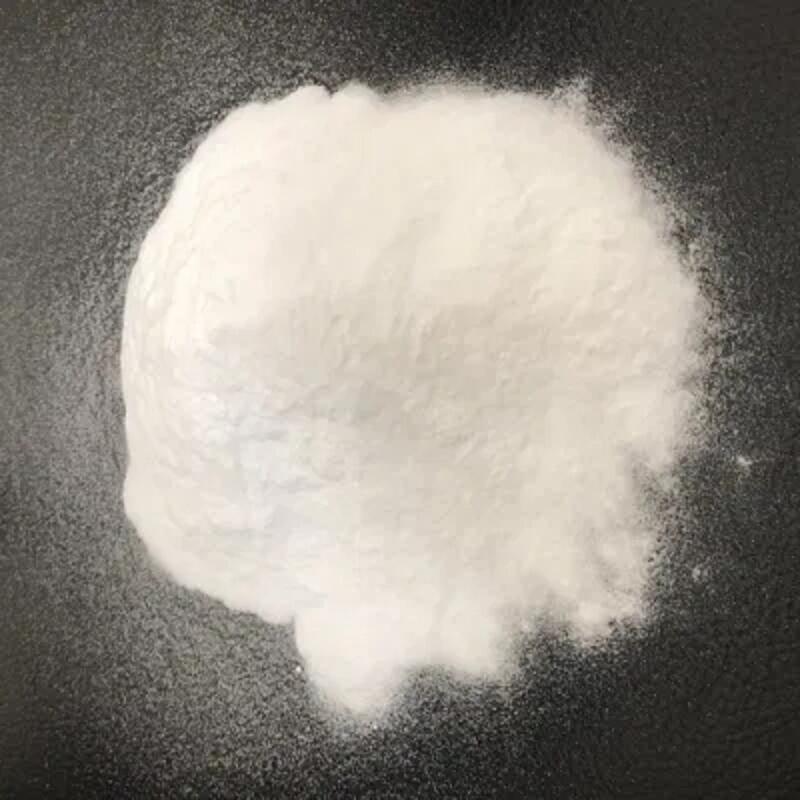-
Categories
-
Pharmaceutical Intermediates
-
Active Pharmaceutical Ingredients
-
Food Additives
- Industrial Coatings
- Agrochemicals
- Dyes and Pigments
- Surfactant
- Flavors and Fragrances
- Chemical Reagents
- Catalyst and Auxiliary
- Natural Products
- Inorganic Chemistry
-
Organic Chemistry
-
Biochemical Engineering
- Analytical Chemistry
-
Cosmetic Ingredient
- Water Treatment Chemical
-
Pharmaceutical Intermediates
Promotion
ECHEMI Mall
Wholesale
Weekly Price
Exhibition
News
-
Trade Service
Antimony trioxide is a versatile material with a wide range of applications in the chemical industry.
Its unique properties, such as high reactivity and the ability to form a stable trioxide structure, make it an essential ingredient in many chemical products.
In this article, we will explore the various applications of antimony trioxide in the chemical industry.
- Fire Retardant Materials
One of the most common applications of antimony trioxide is in the production of fire retardant materials.
The compound is added to plastics, textiles, and other materials to reduce their flammability and slow down the spread of fire.
Antimony trioxide works by reacting with atmospheric moisture to form a stable layer of sodium hydroxide on the surface of the material, which in turn releases water vapor and forms a barrier against oxygen.
This helps to prevent the material from burning and reduces the risk of fire hazards.
- Batteries
Antimony trioxide is also used in the production of batteries.
It is a key ingredient in the positive electrode of lead-acid batteries, where it acts as an electrolyte and helps to maintain the proper pH level of the battery.
The compound is also used in lithium-ion batteries, where it improves the performance and stability of the battery.
- Fungicides
Antimony trioxide is used in the production of fungicides, which are chemicals that prevent the growth of fungi on crops and other plants.
The compound is added to fungicides to improve their effectiveness and enhance their ability to kill fungi.
It works by reacting with the cell membranes of fungi, which leads to the formation of toxic compounds that kill the fungi.
- Catalysts
Antimony trioxide is used as a catalyst in various chemical reactions.
It is particularly useful in the production of polyethylene terephthalate (PET), a common plastic used in bottles and packaging materials.
The compound helps to speed up the reaction between terephthalic acid and ethylene glycol, which leads to the formation of PET.
- Antimicrobial Agents
Antimony trioxide is also used as an antimicrobial agent in various products.
It is added to paints, coatings, and other materials to prevent the growth of bacteria and other microorganisms.
The compound works by reacting with the cell membranes of microorganisms, which leads to the formation of toxic compounds that kill the microorganisms.
- Metal Finishing
Antimony trioxide is used in metal finishing processes to improve the appearance and corrosion resistance of metals.
It is added to electroplating solutions to improve the adhesion of the plating layer and enhance its durability.
It is also used in the production of antimony-based coatings, which are used to protect metals from corrosion and improve their appearance.
- Textile Industry
Antimony trioxide is used in the textile industry to improve the durability and color fastness of fabrics.
It is added to fabrics during the manufacturing process to enhance their ability to withstand wear and tear and prevent color fading.
- Pesticides
Antimony trioxide is used in the production of pesticides to improve their effectiveness.
It is added to insecticides and other pesticides to enhance their ability to kill insects and other pests.
The compound works by reacting with the cell membranes of pests, which leads to the formation of toxic compounds that kill the pests.
In conclusion, antimony trioxide has a wide range of applications in the chemical industry.
It is used in the production of fire retardant materials, batteries, fungicides, catalysts, antimicrobial agents, metal







